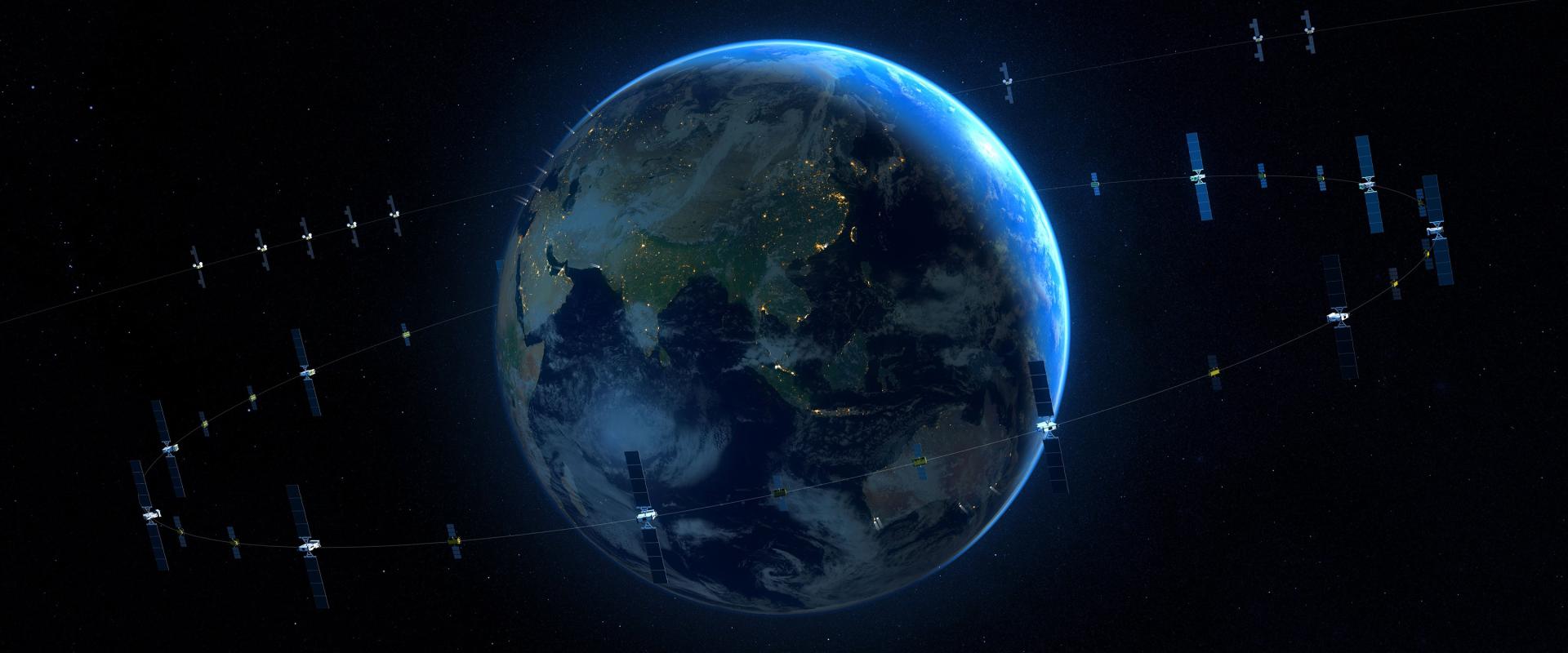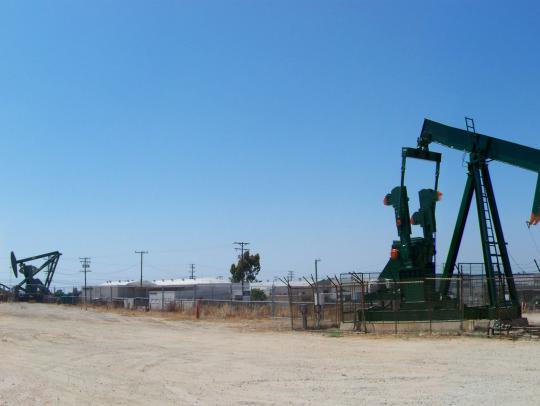APAC Should Bet on a Multi-Orbit Satellite Connectivity

Multi-orbit satellite systems are essential for the future of connectivity in APAC, offering fast, reliable, and cost-effective solutions to the region's digital transformation.
The rapid digital transformation in the APAC region is driving demand for satellite connectivity. APAC is projected to see a tenfold increase in 5G connections by 2030 and a threefold rise in public cloud revenue. Satellite technology will be crucial in supporting these advancements, providing connectivity where terrestrial networks falter.
At the recently-concluded AsiaTech event in Singapore, SES showcased demonstrations and interactive activities, highlighting the superior performance of our Geostationary Earth Orbit (GEO) and Medium Earth Orbit (MEO) multi-orbit satellite-enabled network to a wide array of visitors. These visitors ranging from enterprises, telcos, MNOs, and government agencies wanted to understand how SES who has been the only GEO and MEO multi-orbit satellite operator for the past decade, can help provide the demand for high-speed data transmission.
How a Multi-Orbit Strategy Meets Evolving Market Needs
Telcos, maritime, aero, and enterprises such as energy and mining have diverse needs for satellite communications. A multi-orbit strategy is essential to meet these needs, offering speed, low latency, flexibility, resiliency, and availability. This strategy hinges on the unique strengths of each orbit.
GEO satellites ensure global comprehensive coverage, albeit with high latency. With just one GEO satellite, high-quality content can be delivered to millions of TV homes without affecting the viewer experience. It’s unbeatable cost-economics for video distribution or even data applications that are not latency-sensitive.
On the other hand, MEO satellites provide secure, high throughput with improved latency and are essential for key critical missions among telecommunication service providers, government organisations, and commercial enterprises necessitating low-latency and data-intensive real-time monitoring services.
More recently on the market, Low Earth Orbit (LEO) satellites are best known for its very low latency yet high-burst best effort in delivering connectivity.
With our high-throughput, low-latency networks, and global reach, SES is helping enterprises cater to their multifaceted needs. While we started with GEO and MEO satellites, recognising the growing need for comprehensive coverage, we also integrated low earth orbit networks via strategic collaborations.
Companies: It’s Time to Chart the Multi-Orbit Path
APAC has become a hotbed for tech-driven businesses. While China takes the lead in new startups, India is stepping into untapped frontiers in digital innovation, and Southeast Asia (SEA) is making a mark as a formidable market globally. With an increasing demand for data storage and processing capabilities, the APAC region is also predicted to become the world’s largest data centre over the next decade.
As enterprises increasingly pivot towards technology-driven operations and embrace cloud-centric services such as IoT and 5G, there is a pressing demand to augment bandwidth resources and accommodate the escalating demands of enterprise-grade applications.
Two good examples we have seen so far are major telco operators in Southeast Asia, such as Jio Platforms in India and CelcomDigi in Malaysia. We signed an MoU on a strategic partnership with CelcomDigi to explore providing satellite connectivity using SES’s MEO and GEO satellites for businesses and communities in Malaysia. With Jio Platforms, we have a joint venture — Jio Space Technology Limited, to deliver scalable and affordable broadband services in India leveraging satellite technology.
Likewise, we see cruise operators such as Resorts World Cruises (RWC) doing the same. RWC’s focus is to offer their passengers the ultimate level of connected guest experience ranging from world-class entertainment to dining experiences onboard and they are doing that by adopting a multi-orbit satellite network to provide resiliency as its powers all connected applications onboard the ship.
Companies can optimise their applications and elevate client performance with SES's multi-orbit fleet. From empowering mobile operators to revolutionise broadband connectivity to enhancing surveillance systems, automated industry, and sensor fleets worldwide, SES connects the unconnected and fosters digitally inclusive economies.



